Verdict
It’s the combination of skills that makes the iRobot Roomba Combo J7+ stand out: it’s an excellent navigator, avoiding common obstacles thanks to its camera; it can tuck its mop away to move from hard floor to deep carpet; and it has a very powerful app. For many homes that makes this an excellent choice. Those that want better edge cleaning or deeper mopping may be better off with an alternative.
Pros
- Tucks mop away for all-surface cleaning
- Excellent navigation
- Powerful mop
-
TypeThis is a robot vacuum cleaner with a mop that lift completely out of the way.
Introduction
Robot vacuum cleaners are supposed to make life easier, yet it can often feel as though we have to do the hard work of tidying up before they start work, and then carefully orchestrating where they can go.
With the iRobot Roomba Combo J7+, this mopping robot has been built to make life easy.
Its retractable mopping pad tucks securely out of the way when carpet is detected, while its front-mounted camera helps the robot avoid obstacles and spot areas that need a deep clean.
Design and features
- Retractable mop cloth
- Camera-based object detection
- Anti-tangle rollers
I have the iRobot Roomba Combo J7+ on review, which ships with a self-empty station. There’s also the regular J7 model, which is physically the same, only it comes with a regular dock instead. It all depends on what you want. I quite like the self-emptying station, as it takes away a messy job.
However, as official bags cost £22 for a pack of three, with each one lasting between one and two months, replacements are quite expensive.
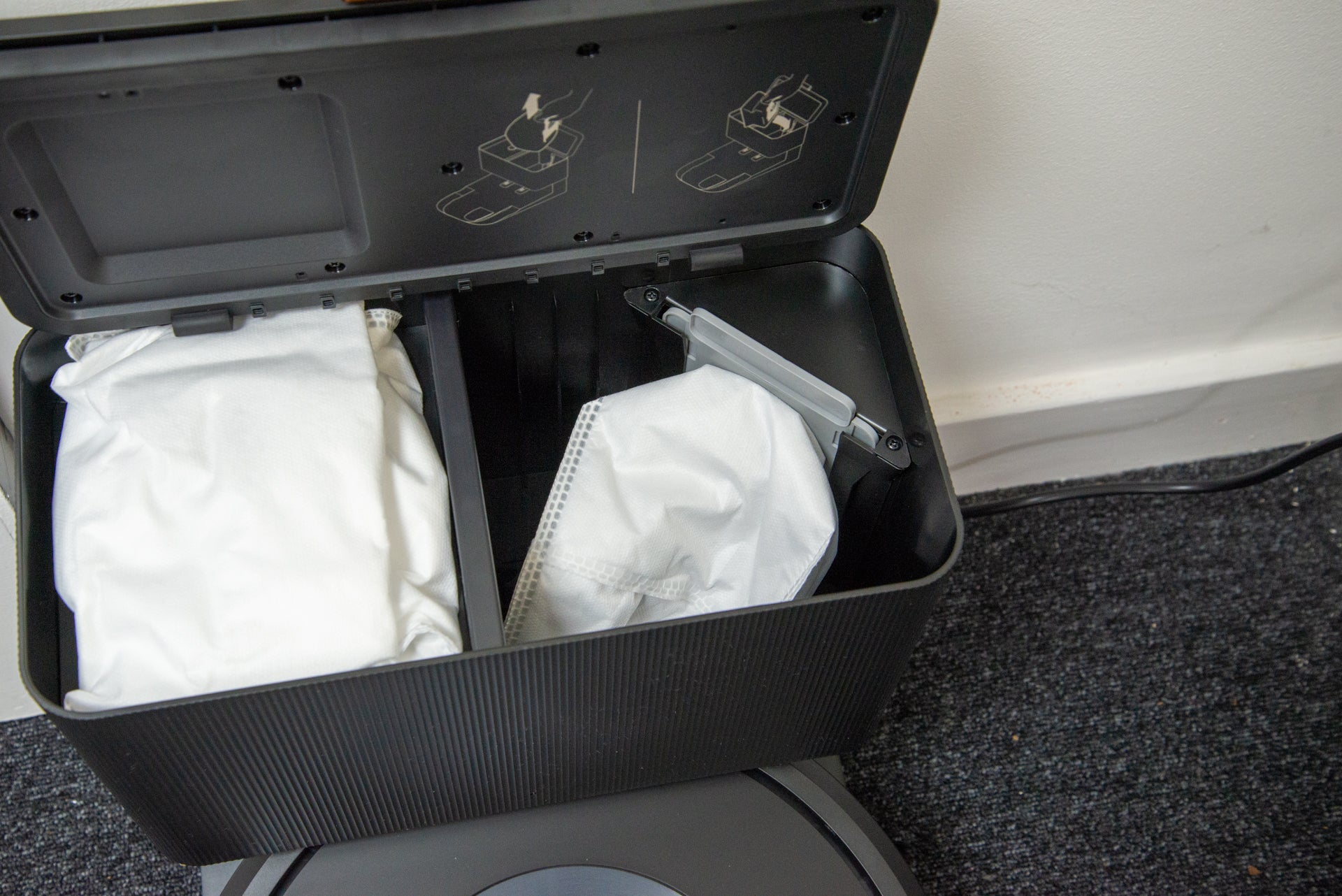
What sets the iRobot Roomba Combo J7+ apart from its competition is its fully retractable mop.
When the robot detects that it’s on a hard floor, its mop bracket slides out from the top of the robot, and drops in underneath; the reverse happens when a carpet is detected.

It’s incredible to watch and means that the iRobot Roomba Combo J7+ can be set to work in a house with any combination of hard floor and carpet. With rival vacuum cleaners, including the Roborock S8 Ultra Pro and Ecovacs Deebot T20 Omni, their mopping systems can only rise less than 1cm from the floor.
That’s fine for moving between short pile carpet and hard floors, but not good enough for deep pile carpet.
Two mopping clots are included in the box, and they have a clip and Velcro to hold them in place.
Turn the vacuum cleaner over, and the layout is quite familiar. There’s a single side-sweeping brush for teasing dirt out from the edges of rooms and then two contra-rotating rubber rollers in the centre that are designed to prevent hair getting trapped, and it really does work.

The bin can be pulled out the rear, and emptied manually. This also gives access to the filter, which needs to be cleaned once a month or so.
As well as holding dirt, the bin contains the 210ml water tank. That’s quite small, so it will need refilling after every use, and possibly even in the middle of cleaning.

As well as water, the iRobot Roomba Combo J7+ can take cleaning solution. There’s a sample in the box, with a 473ml replacement costing £14.99.
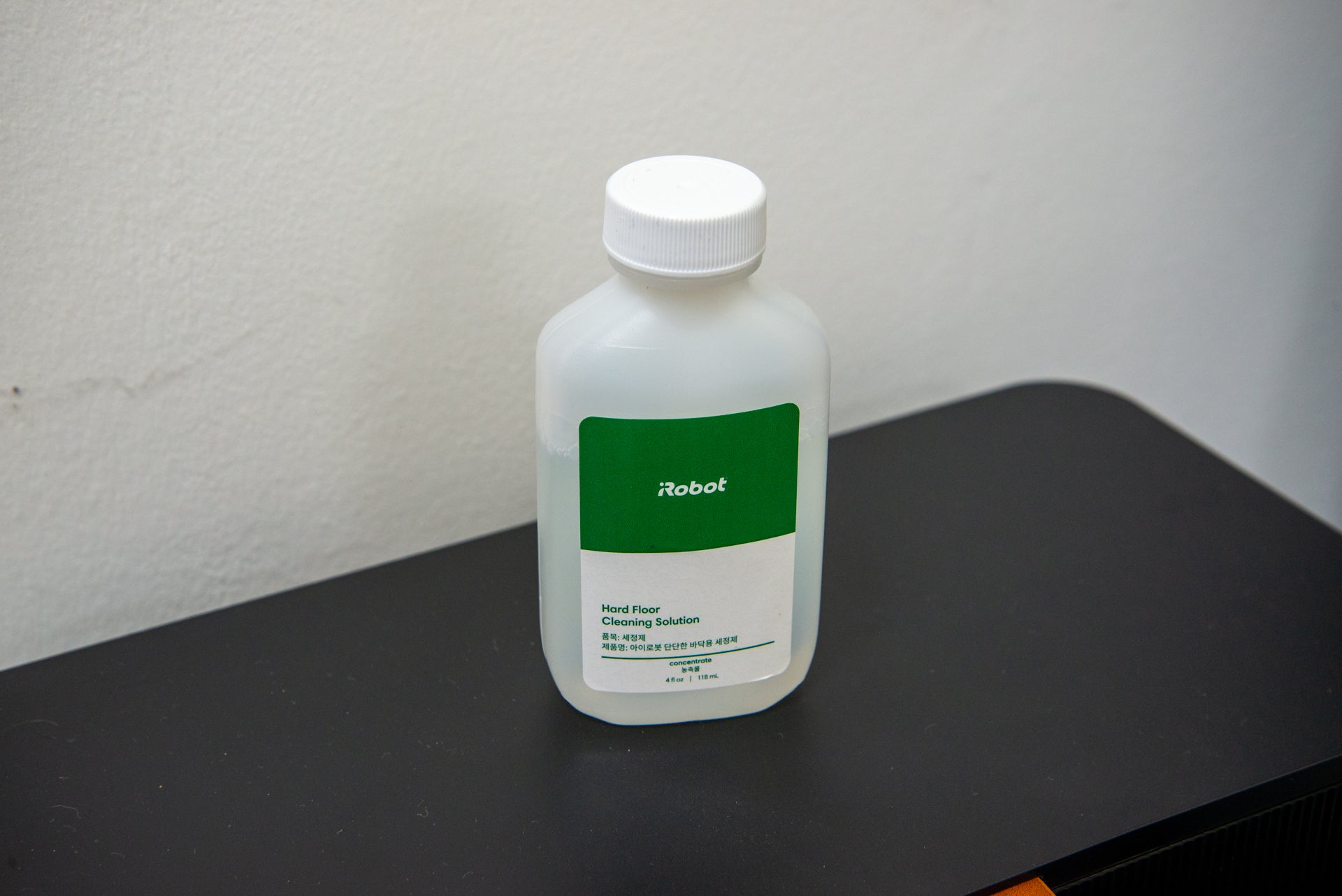
Once plugged in and turned on, the iRobot Roomba Combo J7+ needs to be hooked up to the Wi-Fi network using the iRobot app. The first job is then to create a map of your room. This is best done with a mapping run, where the robot scoots around and learns its surroundings but doesn’t vacuum or mop.
At this stage, it’s important to move any obstacles and ensure enough light for the robot to see. Depending on the complexity of the environment, it can take a couple of passes to get a completed map.
Once done, the iRobot attempts to split the map up into rooms. It does a pretty good job, but it’s easy to override any mistakes.
Multiple maps can be created in each house, and the iRobot Roomba Combo J7+ doesn’t have to start from its dock. That’s handy, as you can have a main area, say downstairs, and then carry the robot to other areas for all-over cleaning.
For each room, you can create zones. Keep Out Zones stop the robot from entering that area, which can be useful for blocking off troublesome bits of furniture that trip up the navigation. With No Mop Zones, the robot will tuck its mopping cloth away. While it will do that automatically for carpets, these zones are useful for hard floor areas you don’t want to be mopped.
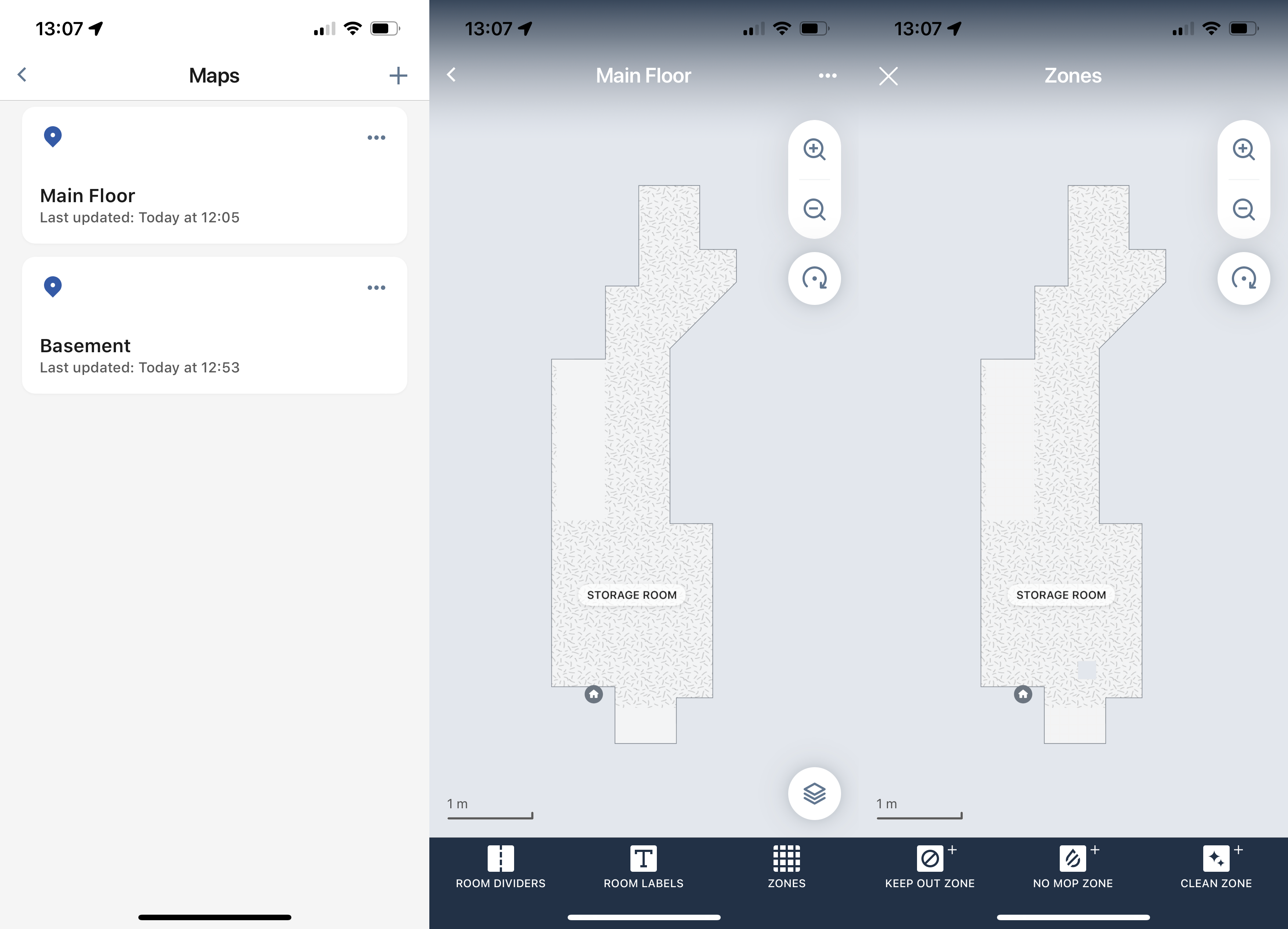
Finally, Clean Zones are areas you mark on the map, which can be set for a smaller clean. Marking up a dining table or kitchen prep zone, for example, I could quickly tackle these areas without having to do a full clean.
Rather than just starting a clean, iRobot works with Jobs. A Job lets you set which map you want to use, which rooms and/or zones you want to tackle, and the cleaning mode: vacuum or vacuum and mop; the amount of liquid to use for mopping; and how many passes.

A Job can be a one off, but I could save my favourites. That’s handy, as I could have a quick clean Job, and then one that does two passes for a deeper clean. My favourite jobs were then available as shortcut buttons, or I could start them using Amazon Alexa or Google Assistant.
As well as starting each job manually, the iRobot Roomba Combo J7+ has schedules. These can be used to start a job at a specific time, but you can also use geolocation to start a clean on specific days when you leave the house.
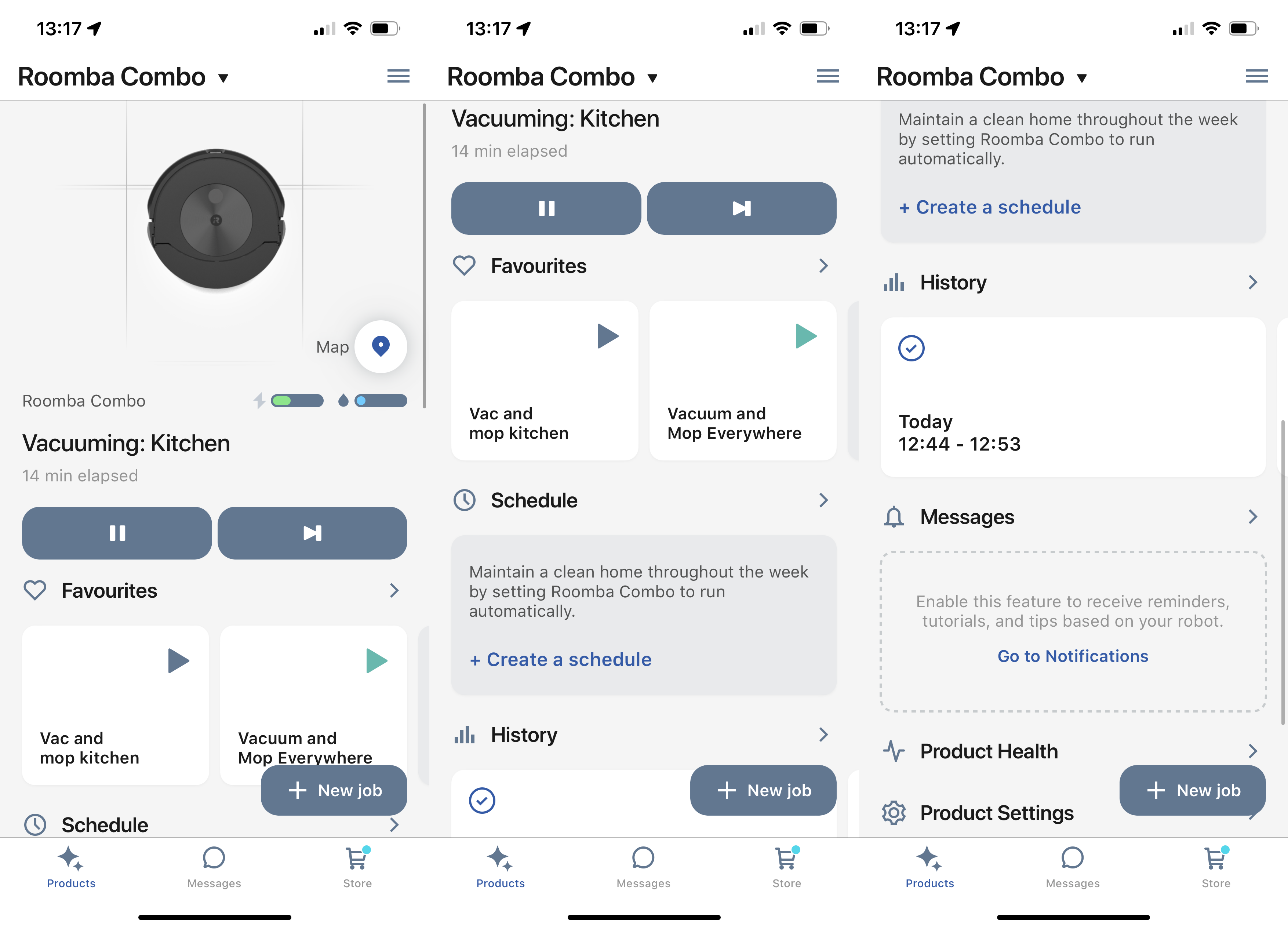
Performance
- Excellent navigation
- Powerful suction
- Average mopping
Putting the iRobot Roomba Combo J7+ to work, I added a teaspoon of flour to my test carpet. I found that this level of mess required two passes, after which the majority of the dirt had been picked up, with just a trace amount left. That’s good going for such an amount of mess and shows that this robot is a capable cleaner on carpet.


Moving to the hard floor test, I started with a teaspoon of flour in the middle of the room. This posed no problem for the robot, which picked up every bit of mess in a single pass.
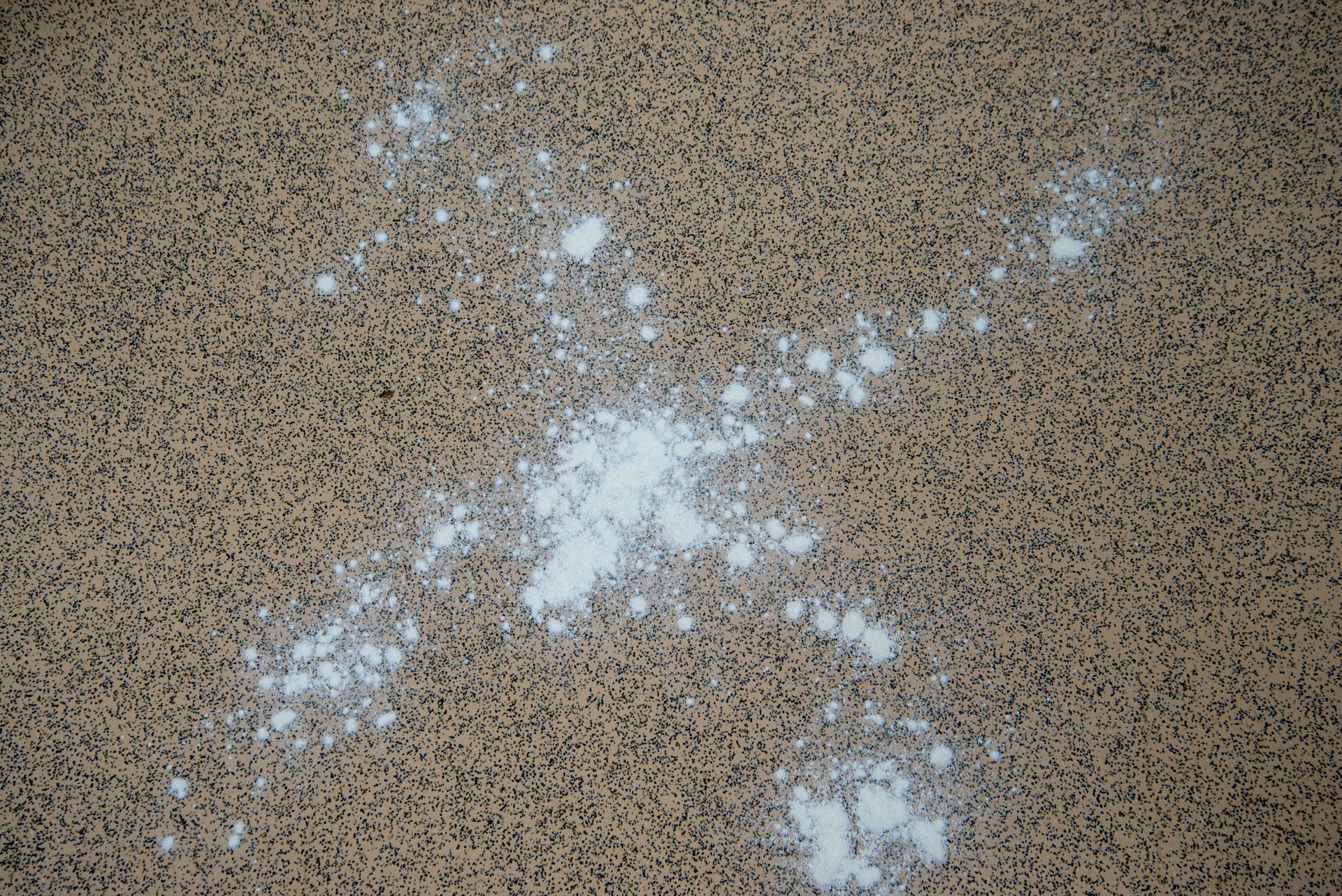
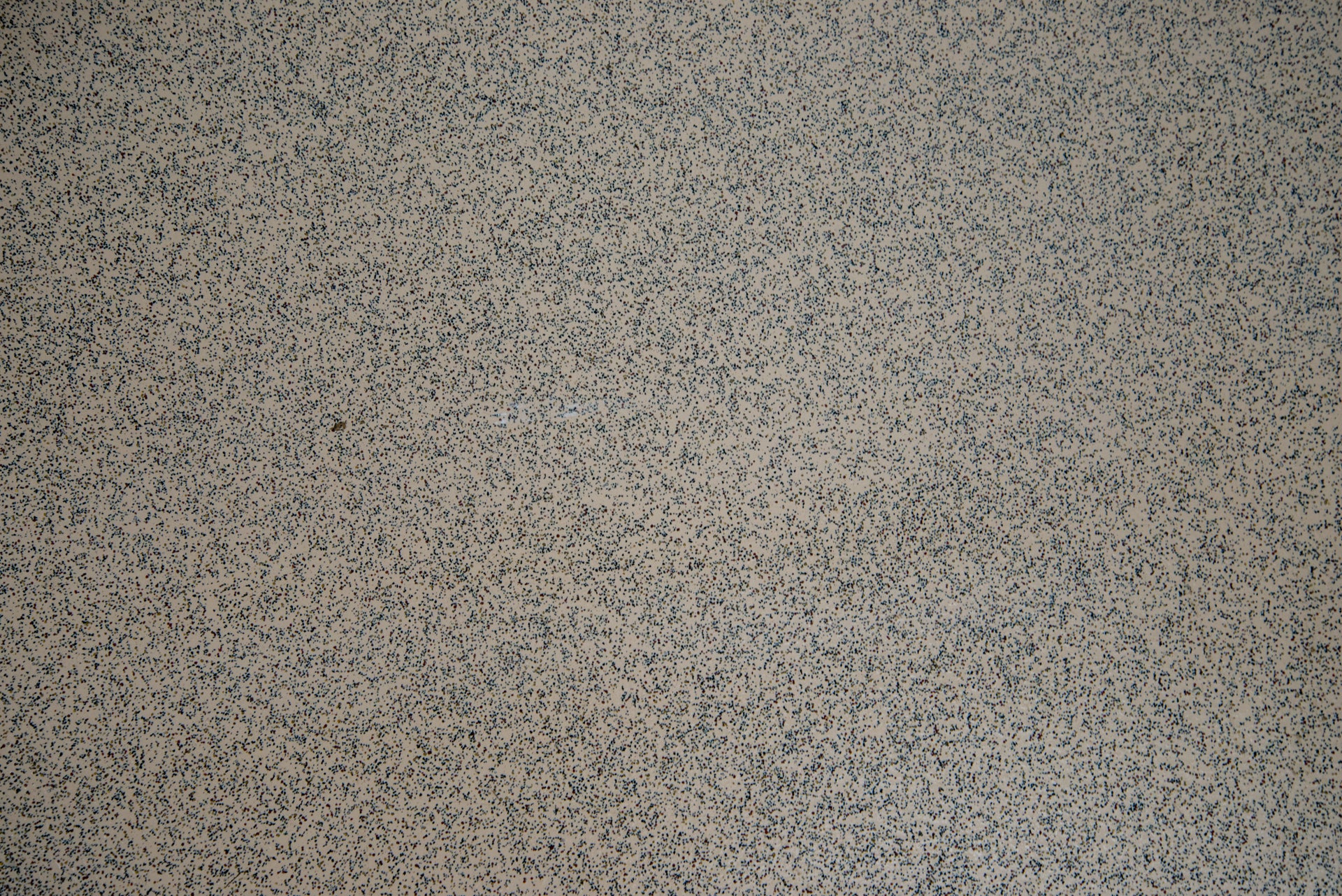
My edge test didn’t prove to be so easy for the iRobot Roomba Combo J7+. Here, the robot left a lot behind on a single pass.

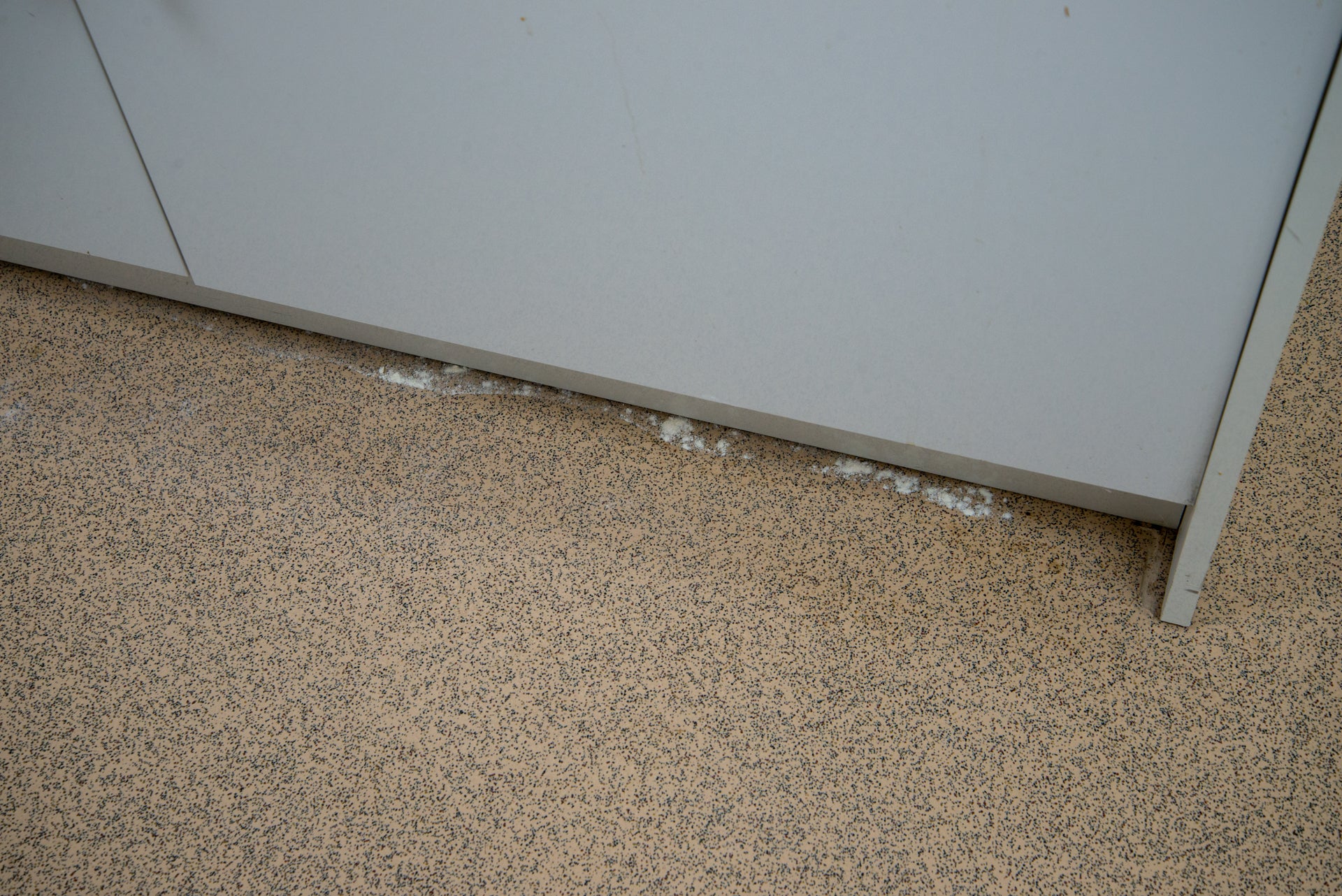
Running the iRobot Roomba Combo J7+ again, the results were better, but the robot didn’t get right up to the edge. Sure, my test used a lot more dirt than would normally be found on the floor but I’ve had rival robots, such as the Roborock S8, do much better here.
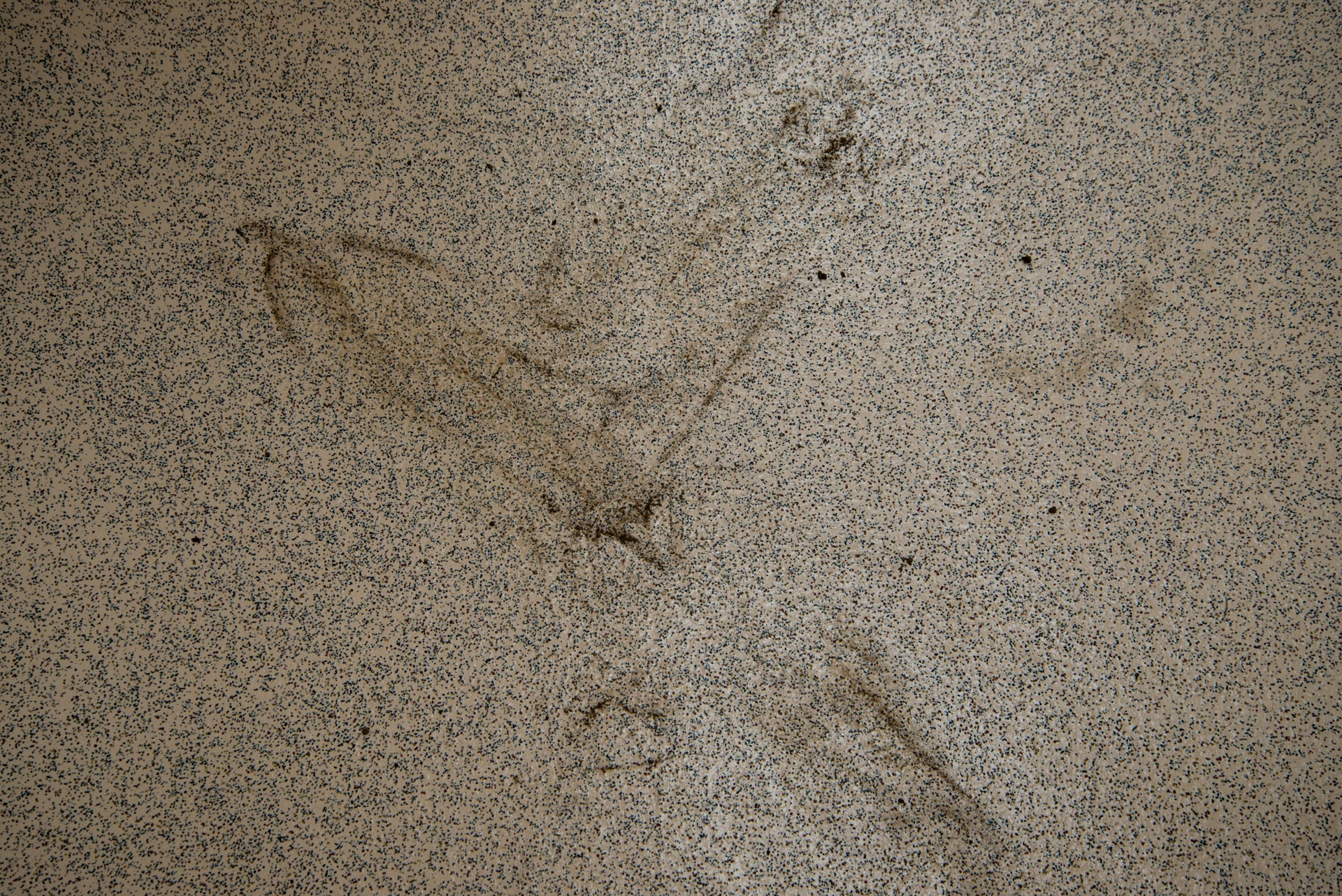
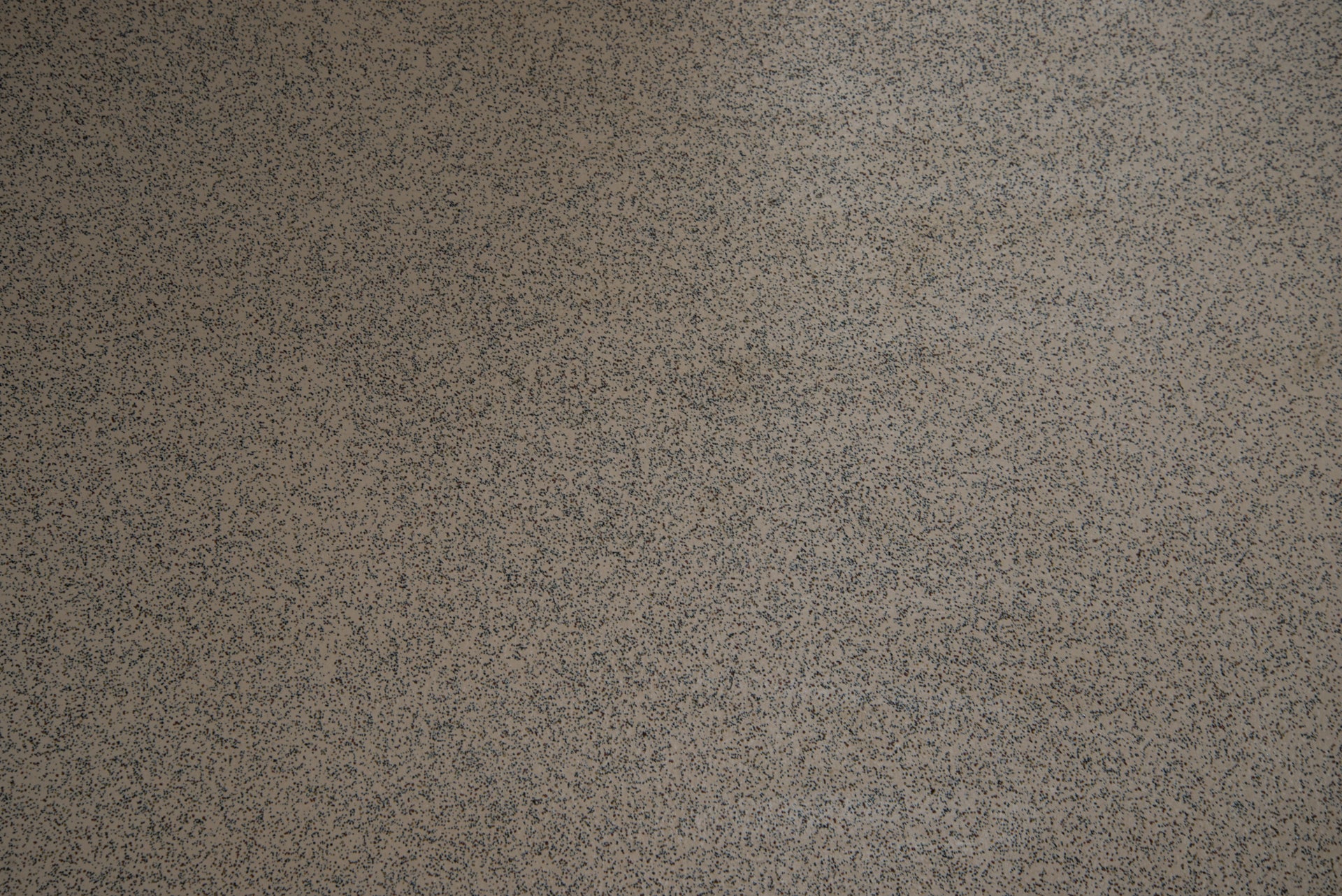
For mopping, I trod some mud in from outside. This fresher kind of mess was easy enough for the robot to clean. Deeper messes proved quite a bit harder, as the mop here doesn’t agitate or move.
The end result is a more basic job: good for lightly soiled floors, but if you have pets or kids that trample dirt through the house, a robot with agitating cleaning cloths will prove to be a better bet.
Navigation is brilliant on this robot. Thanks to its camera, it does a brilliant job of avoiding common obstacles, such as shoes and power cables. It also avoided my fake pet poop, skirting around it. There’s even a guarantee that this won’t happen: P.O.O.P (Pet Owner Official Promise). In the first year of ownership, if the robot fails to avoid pet mess, iRobot will replace your vacuum cleaner for free.

At the end of each clean, the robot gives an overview of what it’s done and where obstacles were found; you can review and clean up.
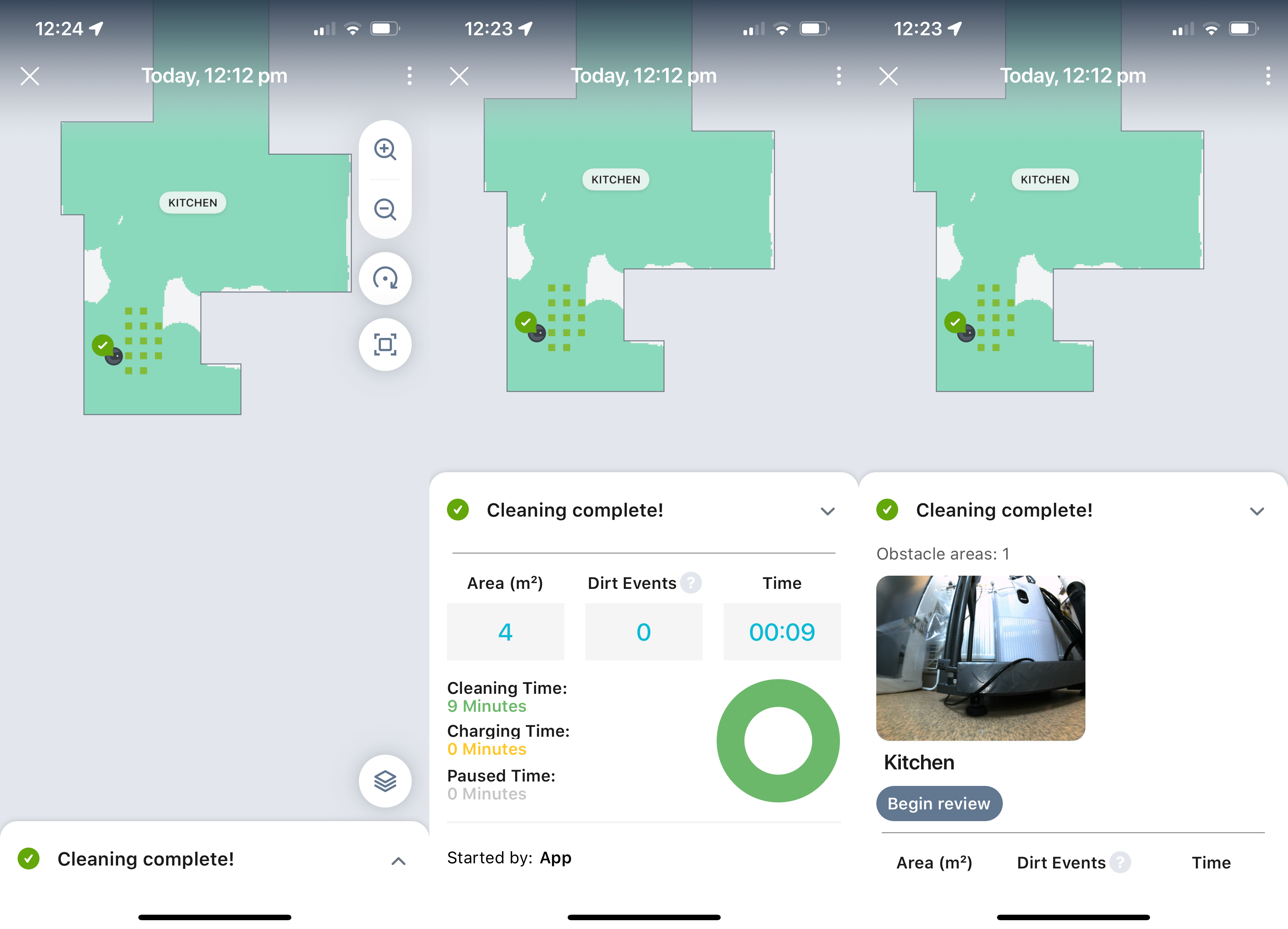
Battery life is impressive, with the iRobot Roomba Combo j7+ having enough juice to cover my entire downstairs area, and still having enough power left to tackle spot cleans. Generally speaking, there’s enough battery life to cover any area.
Latest deals
Should you buy it?
You have a difficult layout and a mix of carpet and hard floors
This robot has brilliant navigation, and it can effortlessly switch between hard floors and carpets.
You want deeper mopping
For really dirty floors, a robot vacuum cleaner with an agitating mop is a better choice.
Final Thoughts
Some robots are better at mopping, and I’ve seen others with better edge performance. However, it’s the combination that counts here.
With its auto-retracting mop, the iRobot Roomba Combo J7+ is more agile and better at dealing with mixed environments than any of its rivals. It’s also very powerful on carpet, and has a brilliant app that lets you save your favourite presets for quick recall.
For homes with more lightly soiled hard floors in some areas, and deeper carpets in others, this is an excellent choice. If you have mostly hard floors or just carpets, check out my guide to the best robot vacuum cleaners.
How we test
Unlike other sites, we test every robot vacuum cleaner we review thoroughly over an extended period of time. We use industry standard tests to compare features properly. We’ll always tell you what we find. We never, ever, accept money to review a product.
Find out more about how we test in our ethics policy.
Used as our main robot vacuum cleaner for the review period
We test for at least a week
Tested with real-world dirt in real-world situations for fair comparisons with other vacuum cleaners
FAQs
The J model has to be emptied manually; the J+ has the self-empty station.
Yes, detergent can be added to the water tank.
Verdict
It’s the combination of skills that makes the iRobot Roomba Combo J7+ stand out: it’s an excellent navigator, avoiding common obstacles thanks to its camera; it can tuck its mop away to move from hard floor to deep carpet; and it has a very powerful app. For many homes that makes this an excellent choice. Those that want better edge cleaning or deeper mopping may be better off with an alternative.
Pros
- Tucks mop away for all-surface cleaning
- Excellent navigation
- Powerful mop
-
TypeThis is a robot vacuum cleaner with a mop that lift completely out of the way.
Introduction
Robot vacuum cleaners are supposed to make life easier, yet it can often feel as though we have to do the hard work of tidying up before they start work, and then carefully orchestrating where they can go.
With the iRobot Roomba Combo J7+, this mopping robot has been built to make life easy.
Its retractable mopping pad tucks securely out of the way when carpet is detected, while its front-mounted camera helps the robot avoid obstacles and spot areas that need a deep clean.
Design and features
- Retractable mop cloth
- Camera-based object detection
- Anti-tangle rollers
I have the iRobot Roomba Combo J7+ on review, which ships with a self-empty station. There’s also the regular J7 model, which is physically the same, only it comes with a regular dock instead. It all depends on what you want. I quite like the self-emptying station, as it takes away a messy job.
However, as official bags cost £22 for a pack of three, with each one lasting between one and two months, replacements are quite expensive.

What sets the iRobot Roomba Combo J7+ apart from its competition is its fully retractable mop.
When the robot detects that it’s on a hard floor, its mop bracket slides out from the top of the robot, and drops in underneath; the reverse happens when a carpet is detected.

It’s incredible to watch and means that the iRobot Roomba Combo J7+ can be set to work in a house with any combination of hard floor and carpet. With rival vacuum cleaners, including the Roborock S8 Ultra Pro and Ecovacs Deebot T20 Omni, their mopping systems can only rise less than 1cm from the floor.
That’s fine for moving between short pile carpet and hard floors, but not good enough for deep pile carpet.
Two mopping clots are included in the box, and they have a clip and Velcro to hold them in place.
Turn the vacuum cleaner over, and the layout is quite familiar. There’s a single side-sweeping brush for teasing dirt out from the edges of rooms and then two contra-rotating rubber rollers in the centre that are designed to prevent hair getting trapped, and it really does work.

The bin can be pulled out the rear, and emptied manually. This also gives access to the filter, which needs to be cleaned once a month or so.
As well as holding dirt, the bin contains the 210ml water tank. That’s quite small, so it will need refilling after every use, and possibly even in the middle of cleaning.

As well as water, the iRobot Roomba Combo J7+ can take cleaning solution. There’s a sample in the box, with a 473ml replacement costing £14.99.

Once plugged in and turned on, the iRobot Roomba Combo J7+ needs to be hooked up to the Wi-Fi network using the iRobot app. The first job is then to create a map of your room. This is best done with a mapping run, where the robot scoots around and learns its surroundings but doesn’t vacuum or mop.
At this stage, it’s important to move any obstacles and ensure enough light for the robot to see. Depending on the complexity of the environment, it can take a couple of passes to get a completed map.
Once done, the iRobot attempts to split the map up into rooms. It does a pretty good job, but it’s easy to override any mistakes.
Multiple maps can be created in each house, and the iRobot Roomba Combo J7+ doesn’t have to start from its dock. That’s handy, as you can have a main area, say downstairs, and then carry the robot to other areas for all-over cleaning.
For each room, you can create zones. Keep Out Zones stop the robot from entering that area, which can be useful for blocking off troublesome bits of furniture that trip up the navigation. With No Mop Zones, the robot will tuck its mopping cloth away. While it will do that automatically for carpets, these zones are useful for hard floor areas you don’t want to be mopped.

Finally, Clean Zones are areas you mark on the map, which can be set for a smaller clean. Marking up a dining table or kitchen prep zone, for example, I could quickly tackle these areas without having to do a full clean.
Rather than just starting a clean, iRobot works with Jobs. A Job lets you set which map you want to use, which rooms and/or zones you want to tackle, and the cleaning mode: vacuum or vacuum and mop; the amount of liquid to use for mopping; and how many passes.

A Job can be a one off, but I could save my favourites. That’s handy, as I could have a quick clean Job, and then one that does two passes for a deeper clean. My favourite jobs were then available as shortcut buttons, or I could start them using Amazon Alexa or Google Assistant.
As well as starting each job manually, the iRobot Roomba Combo J7+ has schedules. These can be used to start a job at a specific time, but you can also use geolocation to start a clean on specific days when you leave the house.

Performance
- Excellent navigation
- Powerful suction
- Average mopping
Putting the iRobot Roomba Combo J7+ to work, I added a teaspoon of flour to my test carpet. I found that this level of mess required two passes, after which the majority of the dirt had been picked up, with just a trace amount left. That’s good going for such an amount of mess and shows that this robot is a capable cleaner on carpet.


Moving to the hard floor test, I started with a teaspoon of flour in the middle of the room. This posed no problem for the robot, which picked up every bit of mess in a single pass.


My edge test didn’t prove to be so easy for the iRobot Roomba Combo J7+. Here, the robot left a lot behind on a single pass.


Running the iRobot Roomba Combo J7+ again, the results were better, but the robot didn’t get right up to the edge. Sure, my test used a lot more dirt than would normally be found on the floor but I’ve had rival robots, such as the Roborock S8, do much better here.


For mopping, I trod some mud in from outside. This fresher kind of mess was easy enough for the robot to clean. Deeper messes proved quite a bit harder, as the mop here doesn’t agitate or move.
The end result is a more basic job: good for lightly soiled floors, but if you have pets or kids that trample dirt through the house, a robot with agitating cleaning cloths will prove to be a better bet.
Navigation is brilliant on this robot. Thanks to its camera, it does a brilliant job of avoiding common obstacles, such as shoes and power cables. It also avoided my fake pet poop, skirting around it. There’s even a guarantee that this won’t happen: P.O.O.P (Pet Owner Official Promise). In the first year of ownership, if the robot fails to avoid pet mess, iRobot will replace your vacuum cleaner for free.

At the end of each clean, the robot gives an overview of what it’s done and where obstacles were found; you can review and clean up.

Battery life is impressive, with the iRobot Roomba Combo j7+ having enough juice to cover my entire downstairs area, and still having enough power left to tackle spot cleans. Generally speaking, there’s enough battery life to cover any area.
Latest deals
Should you buy it?
You have a difficult layout and a mix of carpet and hard floors
This robot has brilliant navigation, and it can effortlessly switch between hard floors and carpets.
You want deeper mopping
For really dirty floors, a robot vacuum cleaner with an agitating mop is a better choice.
Final Thoughts
Some robots are better at mopping, and I’ve seen others with better edge performance. However, it’s the combination that counts here.
With its auto-retracting mop, the iRobot Roomba Combo J7+ is more agile and better at dealing with mixed environments than any of its rivals. It’s also very powerful on carpet, and has a brilliant app that lets you save your favourite presets for quick recall.
For homes with more lightly soiled hard floors in some areas, and deeper carpets in others, this is an excellent choice. If you have mostly hard floors or just carpets, check out my guide to the best robot vacuum cleaners.
How we test
Unlike other sites, we test every robot vacuum cleaner we review thoroughly over an extended period of time. We use industry standard tests to compare features properly. We’ll always tell you what we find. We never, ever, accept money to review a product.
Find out more about how we test in our ethics policy.
Used as our main robot vacuum cleaner for the review period
We test for at least a week
Tested with real-world dirt in real-world situations for fair comparisons with other vacuum cleaners
FAQs
The J model has to be emptied manually; the J+ has the self-empty station.
Yes, detergent can be added to the water tank.

























